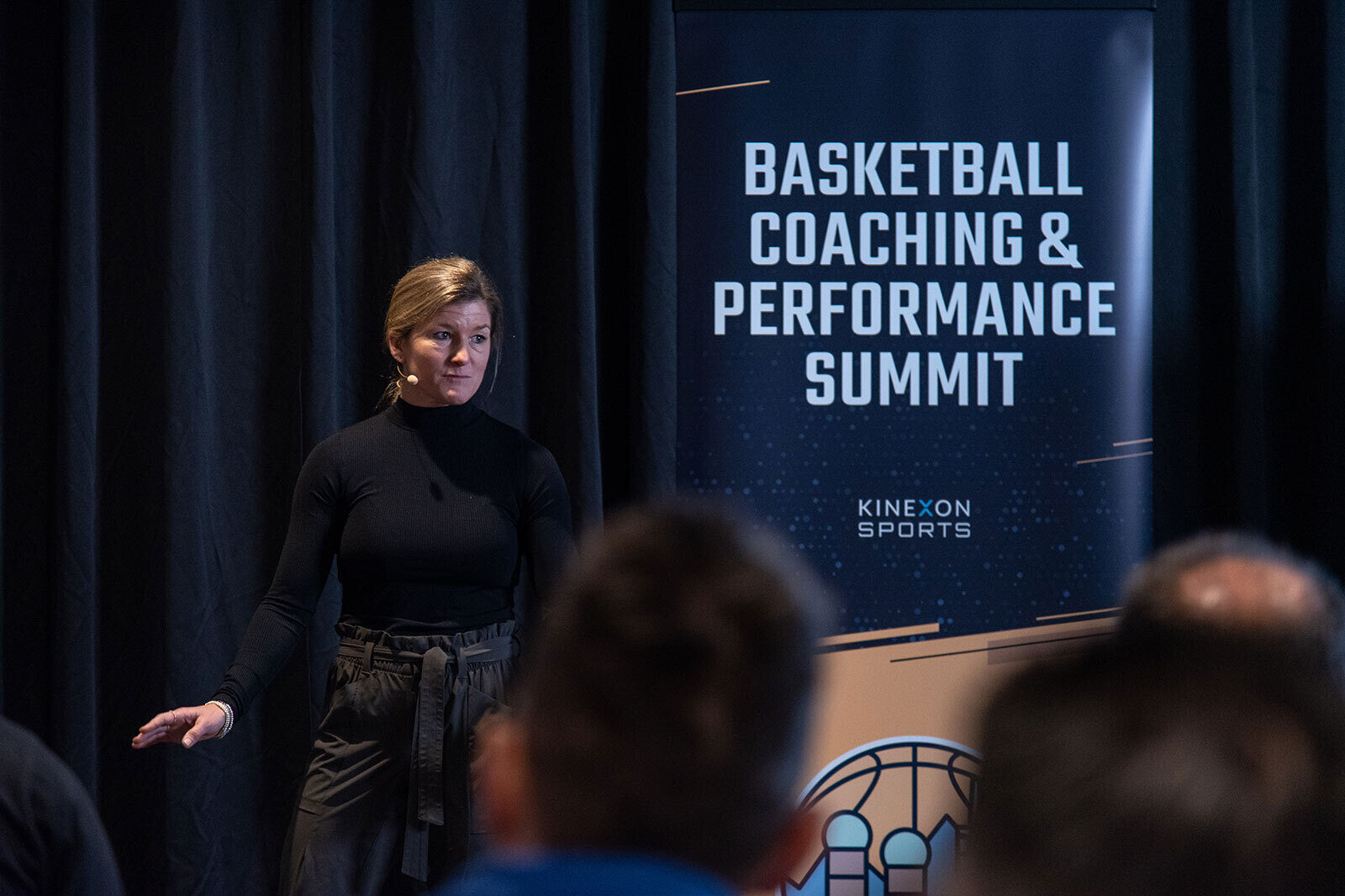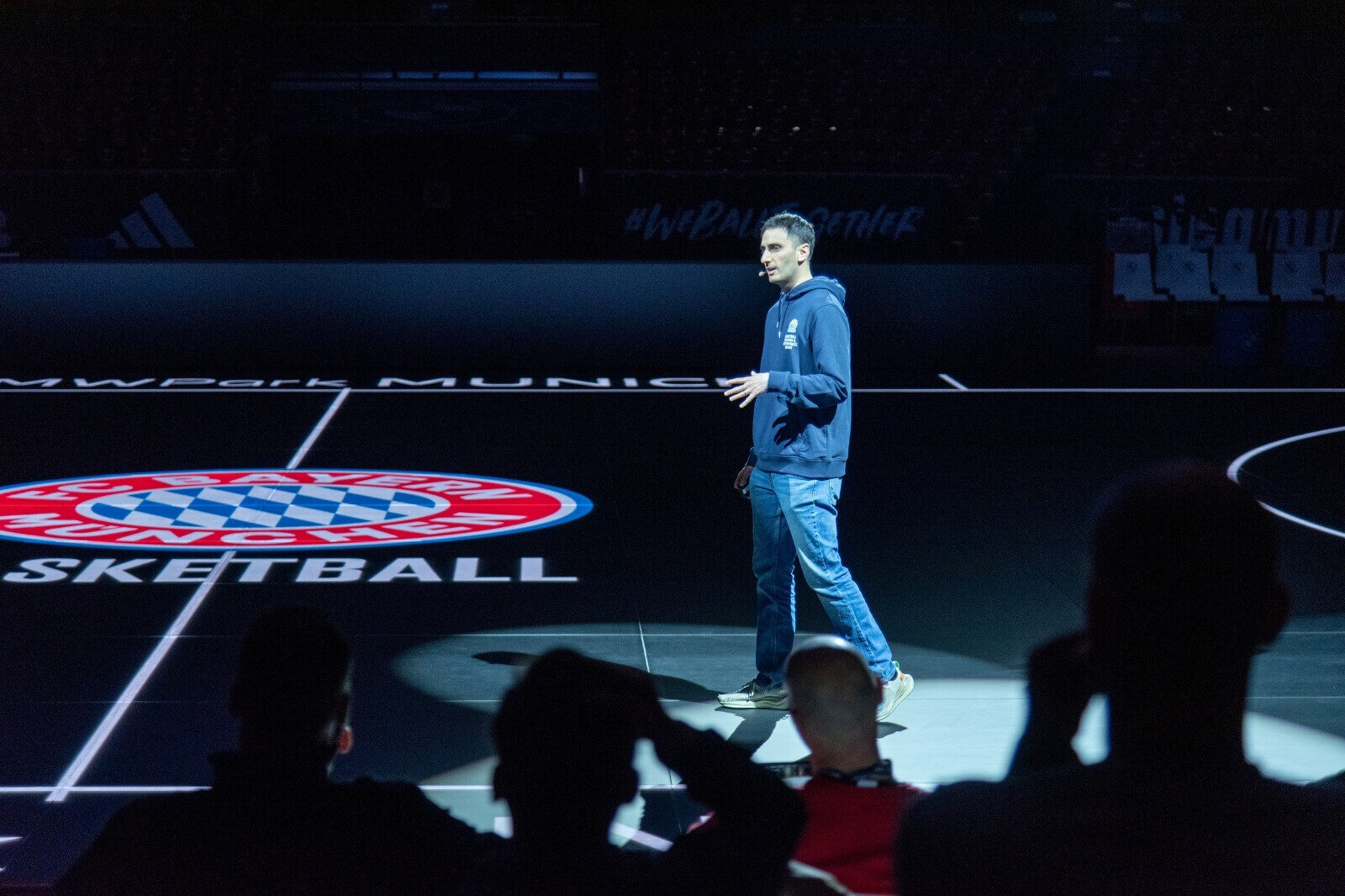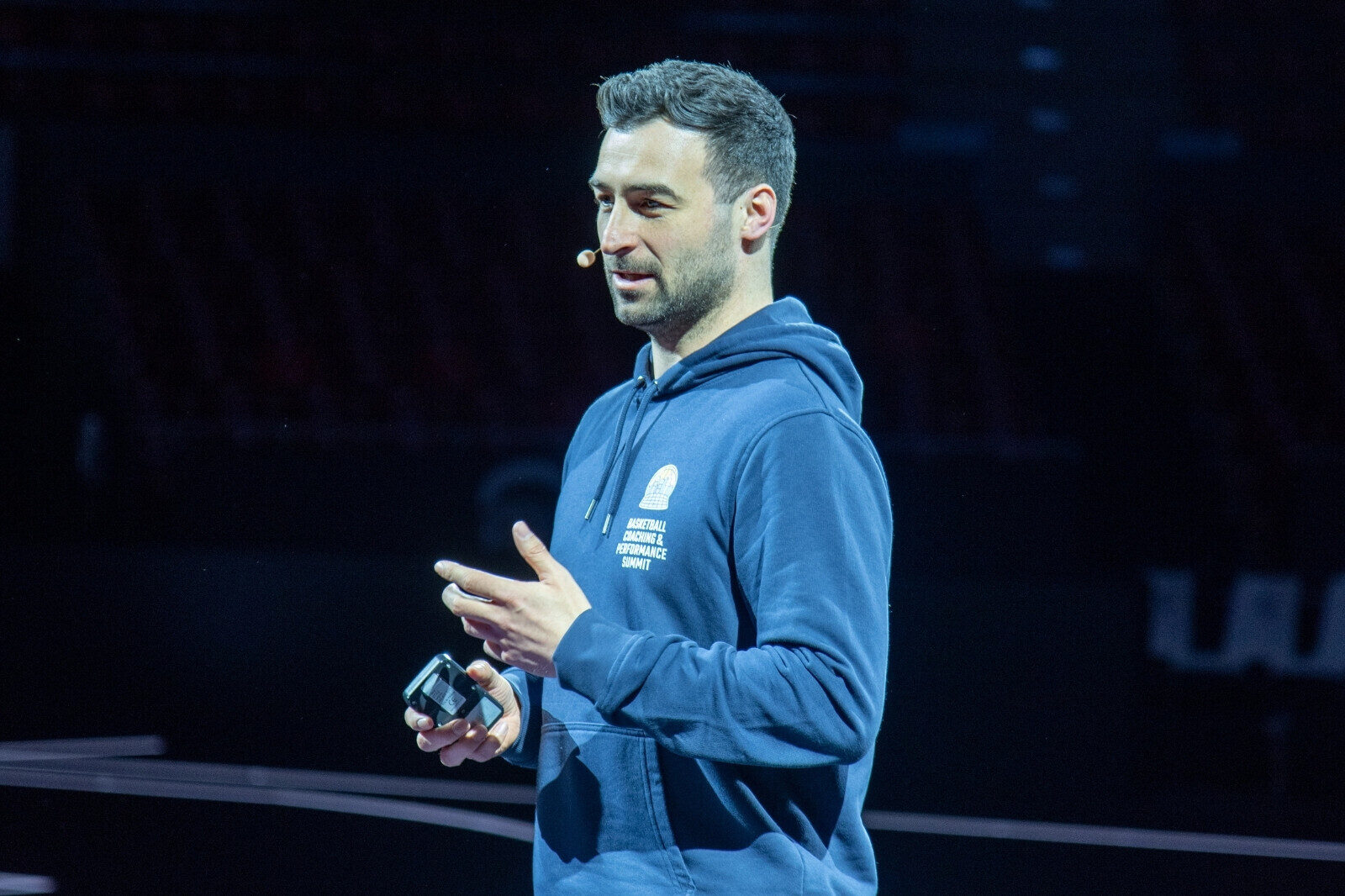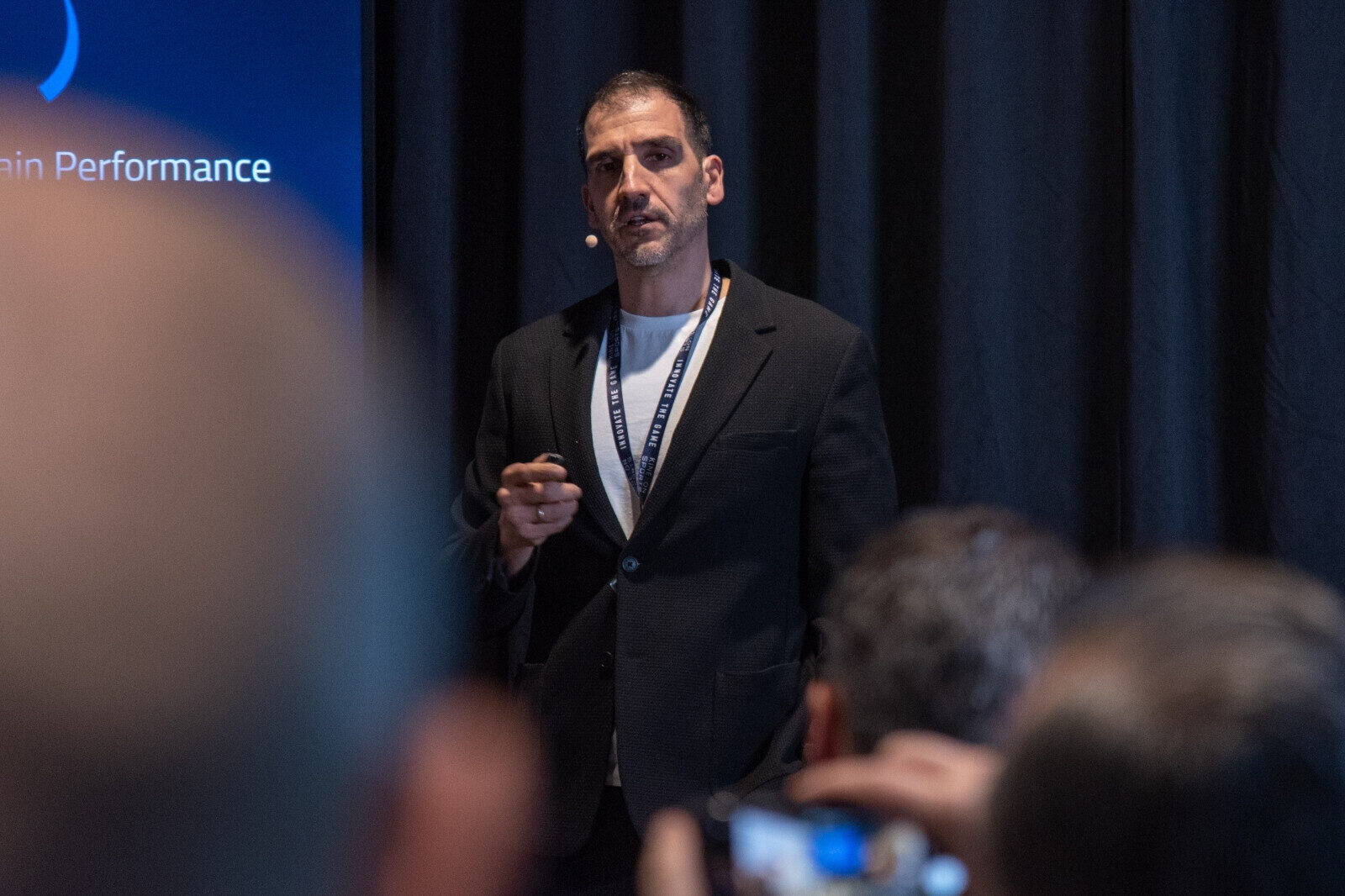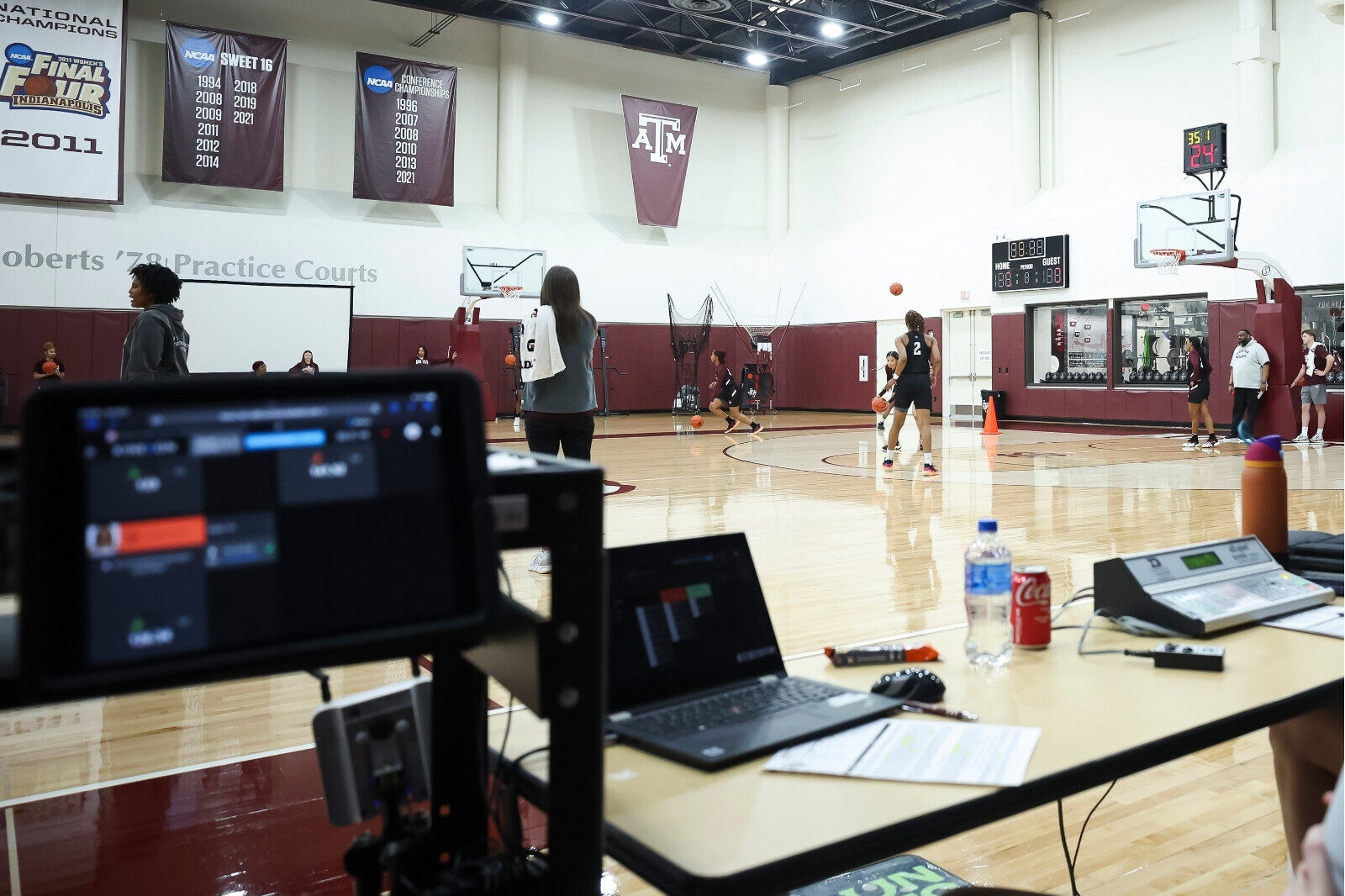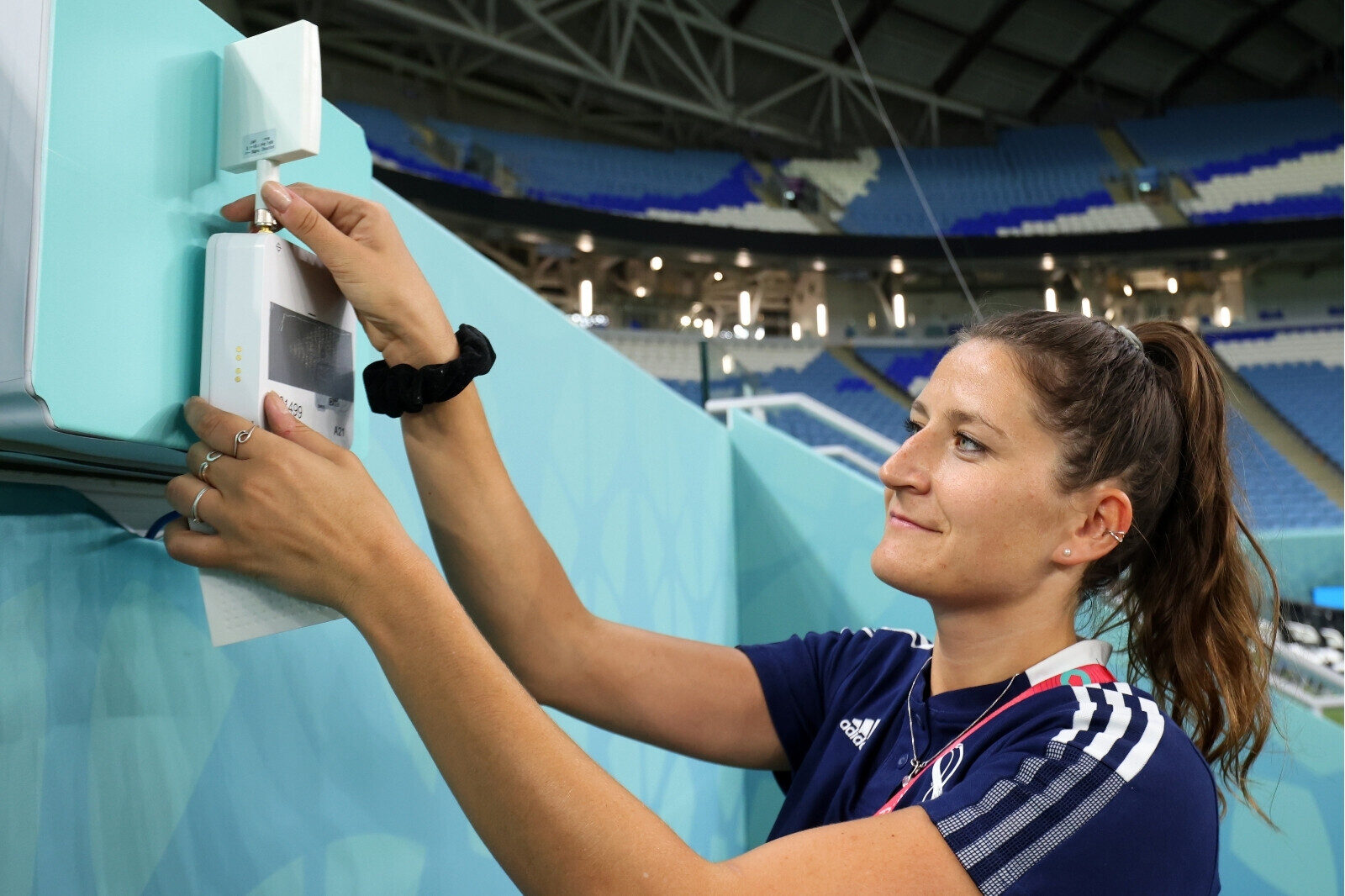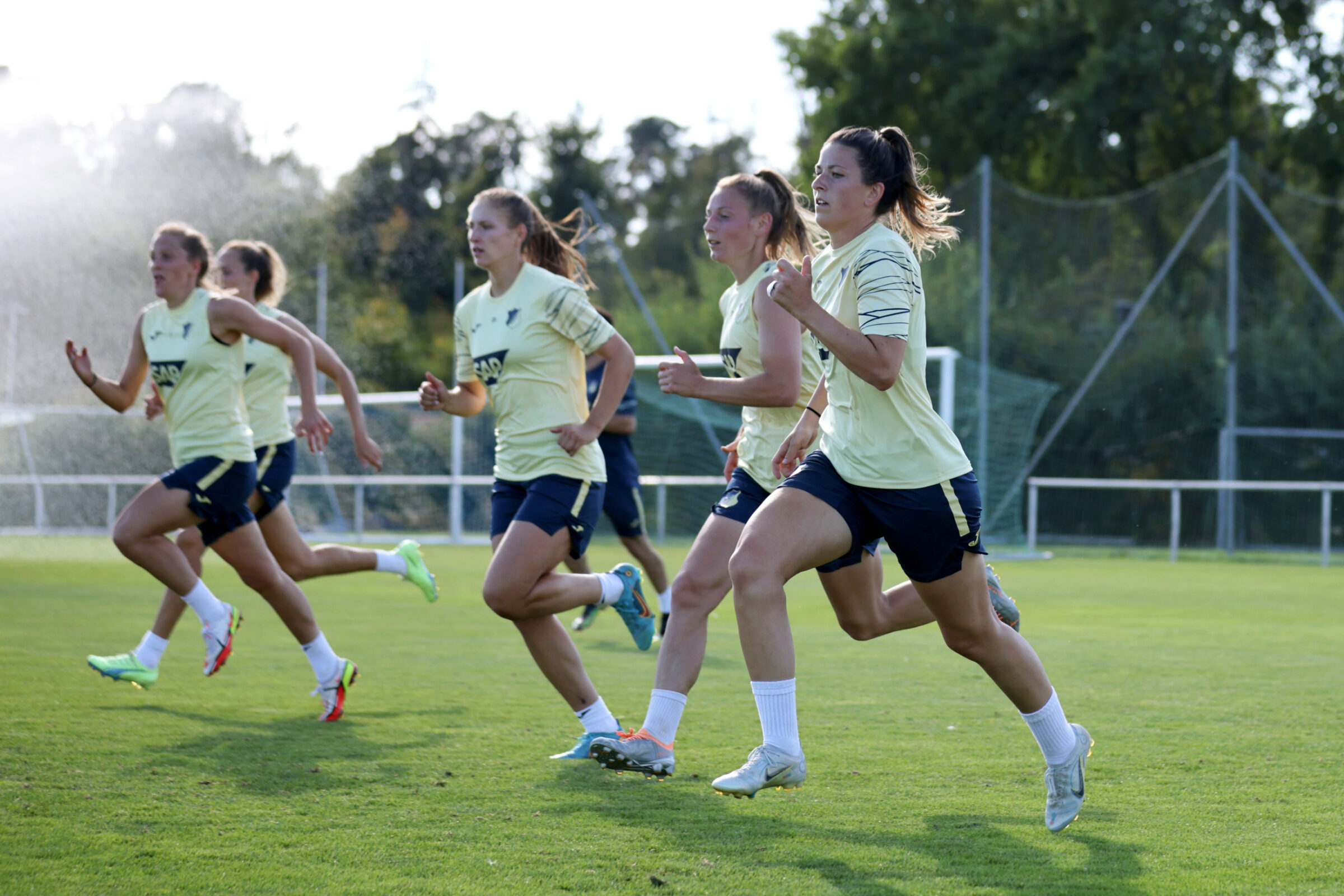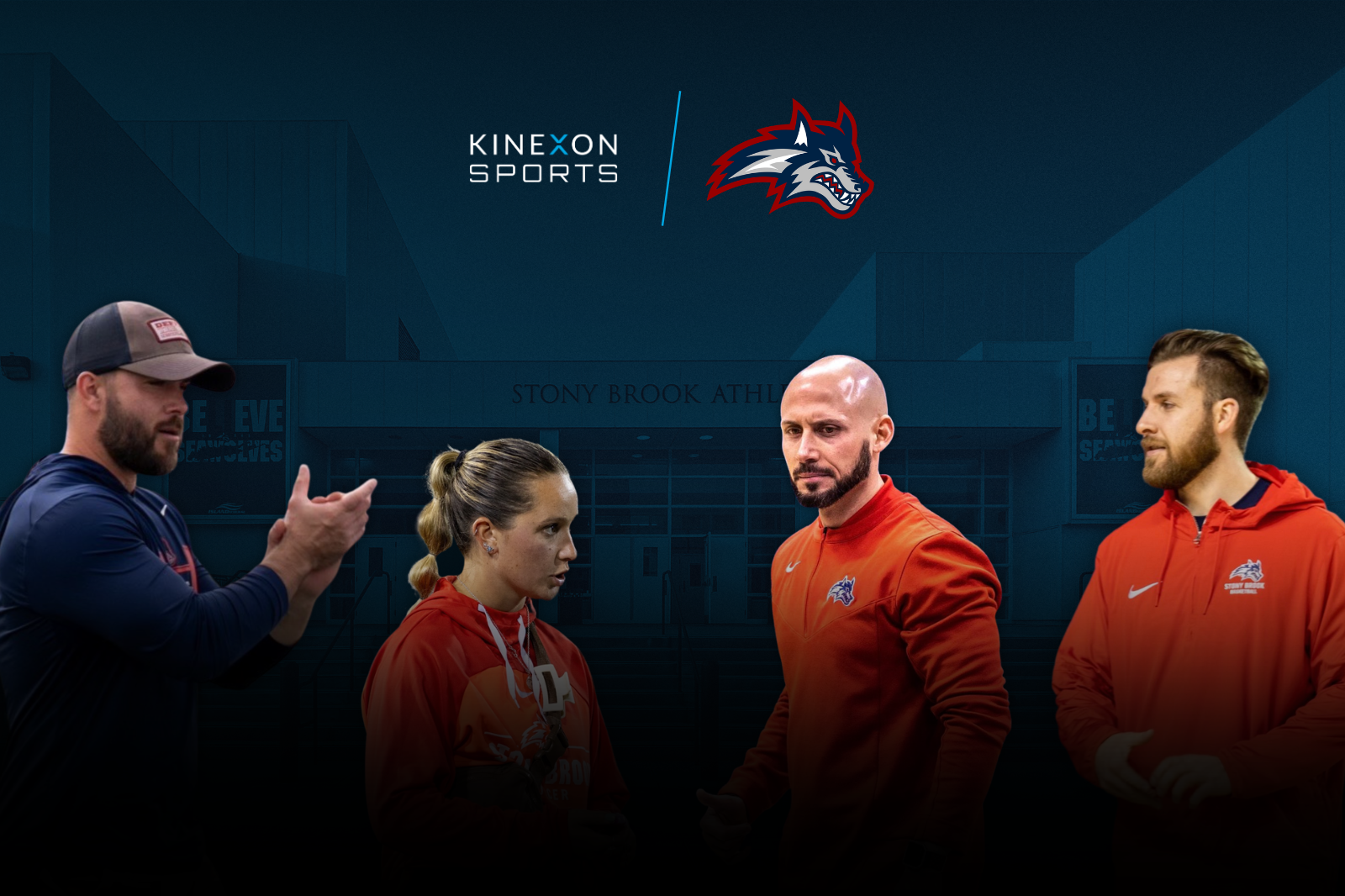Optimizing Offseason: How Ragin’ Cajuns Prep for the Season
The Ragin’ Cajuns football performance staff enters the heart of the offseason following spring camp, facing player performance and conditioning challenges common to other American Football programs nationwide. Their approach: optimized practice schedules designed to help players reach performance goals, backed by data.

Mastering the Off-Season with Data-Informed Training
Offseason training is a delicate balance of building endurance, refining skills, and preventing injuries — all within strict NCAA guidelines. Under the leadership of Connor Neighbors, Director of Athlete Performance, the Ragin’ Cajuns utilize KINEXON post-session and historical data reports to optimize training, ensuring players are game-ready when the season begins.
Unlike in-season preparation, offseason training lacks a structured competition framework, making it imperative for coaches to simulate game conditions in a controlled environment. The ability to track and analyze key performance indicators such as training loads, sprint speeds, and acceleration/deceleration patterns gives the coaching staff an edge in preparing their athletes for peak performance while minimizing injury risks.

Ragin'Cajuns Offseason Load and Intensity Training Program
Maximizing Limited Training Time
With only eight hours of training allowed per week during offseason workouts, every session must be efficient and intentional. Coaches must find ways to expose players to game-like demands without increasing injury risks. This means carefully undulating practice intensity to increase physical demands while ensuring proper recovery gradually.
Incoming first-year students and transfers present another challenge, as they must quickly acclimate to the team’s rigorous performance standards. The disparity in fitness levels requires a strategic approach that balances individual training needs with the broader team objectives. This is where analytics becomes invaluable, allowing the coaching staff to customize training regimens based on each athlete’s current condition and progress.
“It’s a 60 – 40 split for players in shape and those who need extra conditioning when returning to summer camps,” Neighbors added about how he analyzes player readiness as players return to offseason training.
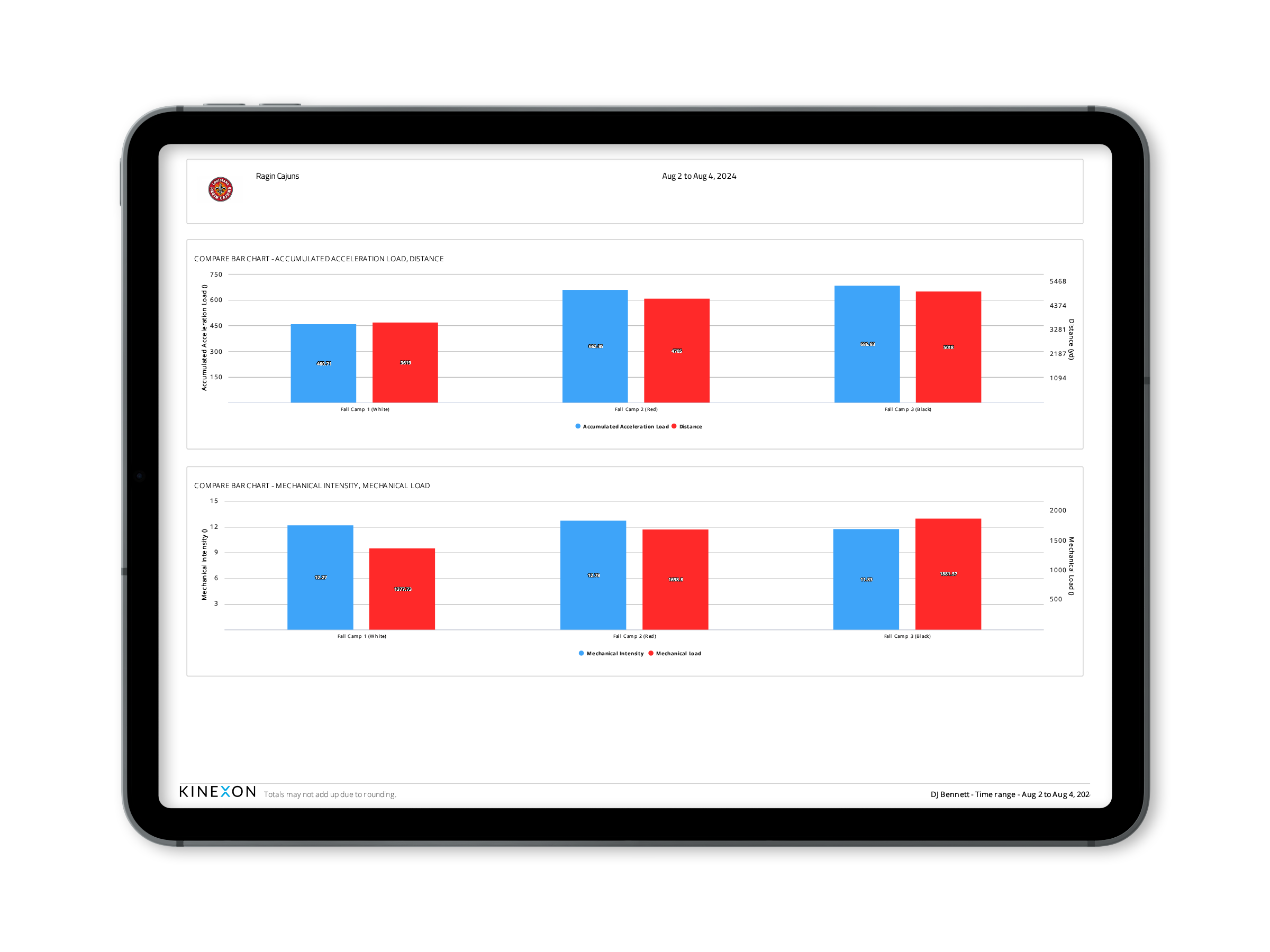
Strategic Training for Peak Performance
To ensure players reach peak performance before the season, the Ragin’ Cajuns implemented a three-tiered practice structure:
- White Practice: Low-intensity training to build workload.
- Black Practice: High-intensity, high-volume training simulating game conditions.
- Red Practice: A blend of white and black, focusing on fast-twitch movements and endurance.
This structured approach allows coaches to progressively increase player workload, ensuring athletes build endurance without overtraining. By tracking key performance metrics connected to speed, workload, and acceleration/deceleration, the staff fine-tunes training for each athlete, reducing injury risks and maximizing efficiency.
This meticulous monitoring ensures that players can sustain high-intensity efforts while maintaining clear decision-making, a key factor in in-game success.
“The goal is for athletes to reach 90% of their max load and total distance twice weekly. We want to see if a player can accel and decel at game speed with minimal rest without making a mental error.”
Better Training, Stronger Athletes
By leveraging real-time performance data, the Ragin’ Cajuns can identify when players need adjustments to their training loads. When a player’s data trends downward, the staff investigates potential causes, ranging from fatigue to improper recovery strategies.
This proactive approach allows real-time intervention, ensuring players stay on track and avoid setbacks. Whether through additional recovery sessions or modifying training loads, the staff ensures that each athlete maintains optimal conditioning leading into the season.
Another key component is setting benchmarks that align with the Ragin’ Cajuns’ aggressive playing style. “Quick accelerations to close gaps to make a tackle or change direction are critical in football,” said DJ Bennett, Assistant Director of Athletic Performance. By designing training sessions that mimic these demands, the team ensures players are physically and mentally prepared for the challenges ahead. “The metrics allow us to see what we’re doing and set the foundation, but create performance benchmarks to fit our playing style,“ Bennett added.
A well-structured offseason performance plan can be the difference between a team firing on all cylinders after the first whistle and taking the field unprepared. Take the next step and request a demo to learn more about KINEXON’s GPS tracking system, innovating coaching methods to drive player performance.
